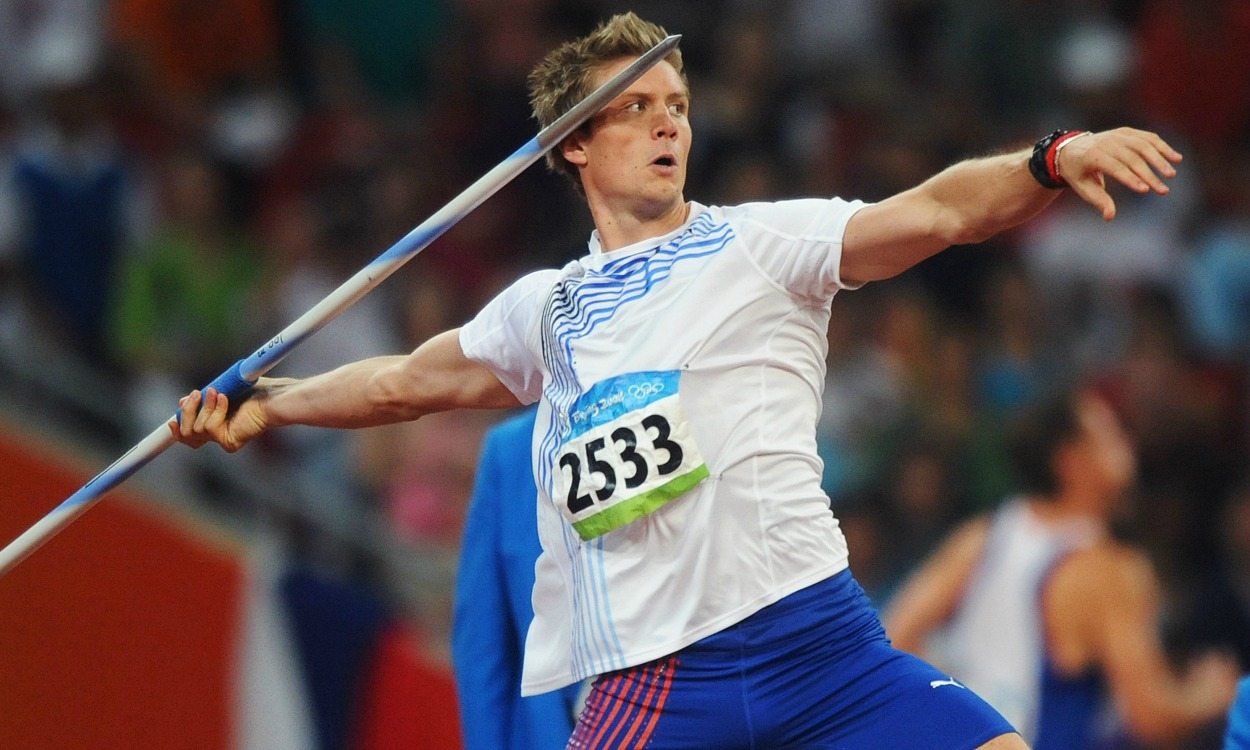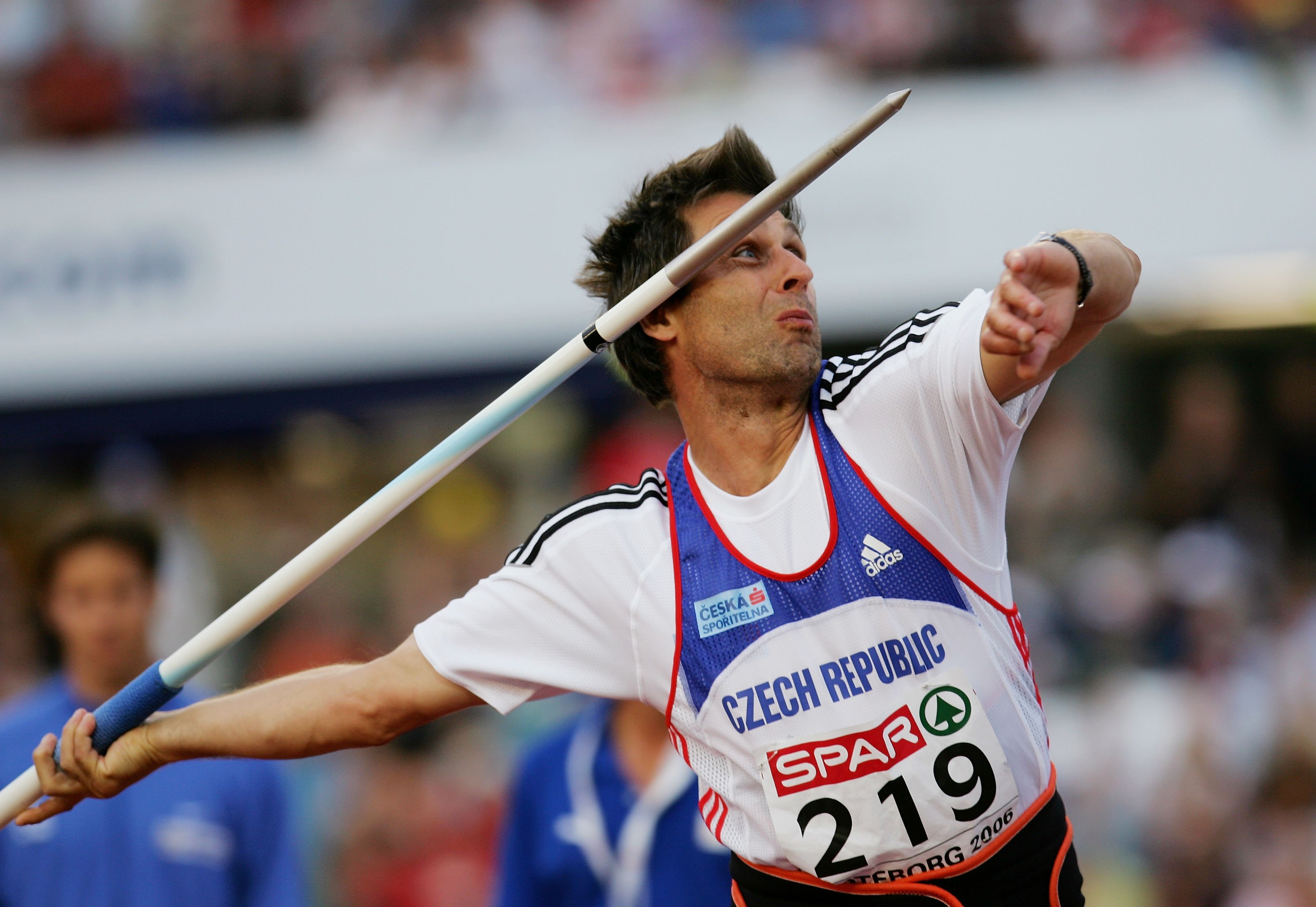History and Evolution of Men’s Javelin

The javelin, a spear-like projectile, has a rich history deeply intertwined with human evolution and ancient cultures. Its origins can be traced back to prehistoric times, where it served as a vital tool for hunting, warfare, and survival. The act of throwing a javelin, a natural extension of human movement, evolved into a competitive sport, showcasing athletic prowess and skill.
Ancient Origins and Significance
Javelin throwing has roots in ancient civilizations across the globe. Archaeological evidence suggests its presence in Europe, Asia, and Africa, dating back to the Stone Age. In ancient Greece, the javelin was a prominent event in the Panhellenic Games, precursors to the modern Olympics. The javelin was also featured in the Roman Empire, where it was used for military training and combat. These early forms of javelin throwing laid the foundation for the modern sport, showcasing its enduring appeal and cultural significance.
Evolution of the Javelin and its Rules
The javelin has undergone significant transformations throughout history, both in its design and the rules governing its use.
- Early Javelins: Early javelins were typically crafted from wood, bone, or stone, with a sharp point for piercing and a feathered tail for stability. These primitive javelins were primarily used for hunting and warfare.
- Introduction of Metal: The introduction of metal in javelin construction marked a significant advancement. Metal javelins, typically made of bronze or iron, were stronger, more durable, and capable of greater distances.
- Modernization: The 19th century saw the modernization of javelin throwing, with the introduction of standardized rules and competitions. The javelin was redesigned with a metal tip, a wooden shaft, and a leather grip. This standardization paved the way for the development of the modern javelin, with its distinctive design and technical aspects.
Impact of Technological Advancements
Technological advancements have had a profound impact on javelin design and performance. The development of new materials, such as fiberglass and carbon fiber, has led to lighter, stronger, and more aerodynamic javelins.
- Fiberglass: The introduction of fiberglass in the 1950s revolutionized javelin design. Fiberglass javelins were lighter and more flexible than wooden javelins, allowing athletes to throw with greater velocity and accuracy.
- Carbon Fiber: The advent of carbon fiber in the 1980s further enhanced javelin performance. Carbon fiber javelins are incredibly strong, lightweight, and aerodynamic, enabling athletes to achieve unprecedented distances.
Techniques and Strategies in Men’s Javelin

The javelin throw is a complex and demanding athletic event that requires a perfect blend of strength, speed, and technique. It is a test of the athlete’s ability to transfer energy from the run-up into the javelin, maximizing its distance and accuracy. Mastering the various phases of the throw, from grip to release, is crucial for success.
Phases of the Javelin Throw
The javelin throw is typically divided into four distinct phases: grip, run-up, plant, and release.
- Grip: The grip is the foundation of the throw. The athlete holds the javelin with a firm but relaxed grip, usually between the index and middle fingers, with the thumb wrapped around the shaft. The grip position influences the javelin’s trajectory and stability.
- Run-up: The run-up is a controlled acceleration phase, allowing the athlete to build momentum and transfer energy to the javelin. The length of the run-up varies depending on the athlete’s style and preferences, but it is typically around 30-40 meters. The run-up is a crucial phase for developing speed and generating power.
- Plant: The plant is the transition point from the run-up to the release. The athlete plants their trailing foot, initiating the rotation of the body and the transfer of energy to the javelin. The plant is a critical phase for maintaining balance and generating power.
- Release: The release is the final stage of the throw, where the athlete releases the javelin with a powerful and controlled motion. The release technique is crucial for maximizing distance and accuracy.
Biomechanics of Javelin Throwing
The biomechanics of javelin throwing involves the coordinated movement of the entire body, from the feet to the fingertips.
- Body Positioning: Proper body positioning is crucial for generating power and maximizing distance. The athlete’s body should be aligned in a way that allows for a smooth transfer of energy from the run-up to the release. This includes maintaining a balanced stance, aligning the shoulders and hips, and keeping the javelin in line with the target.
- Muscle Activation: The javelin throw requires the coordinated activation of various muscle groups, including the legs, core, and upper body. The legs provide the initial power, the core stabilizes the body, and the upper body generates the final force to propel the javelin. The timing and coordination of these muscle groups are critical for a successful throw.
Throwing Styles
There are several different throwing styles used in javelin, each with its own advantages and disadvantages.
- The “Overhand” Style: The most common style, the overhand throw, involves a high release point with the javelin released above the shoulder. This style is known for its potential for generating high velocity and distance, but it can be challenging to maintain control and accuracy.
- The “Underhand” Style: The underhand throw, often referred to as the “sidearm” style, involves a lower release point, with the javelin released below the shoulder. This style is known for its greater control and accuracy, but it typically results in shorter distances compared to the overhand style.
Prominent Javelin Throwers and Their Techniques
Several prominent javelin throwers have utilized unique techniques to achieve remarkable success.
- Jan Železný: A Czech javelin thrower, Železný is widely considered one of the greatest javelin throwers of all time. His unique technique, characterized by a powerful run-up, a high release point, and a strong follow-through, allowed him to set the world record in 1996, which remains unbroken to this day.
- Andreas Thorkildsen: A Norwegian javelin thrower, Thorkildsen is known for his smooth and powerful throwing style. He was a two-time Olympic champion, winning gold in 2004 and 2008. Thorkildsen’s technique emphasized a controlled run-up, a high release point, and a strong follow-through.
- Aki Parviainen: A Finnish javelin thrower, Parviainen is known for his unique throwing style, characterized by a low release point and a powerful follow-through. This technique allowed him to achieve impressive distances and accuracy.
The Men’s Javelin in Competition

The men’s javelin throw is a thrilling event that demands a unique blend of strength, technique, and mental fortitude. The competition unfolds on a designated field, where athletes strive to achieve the greatest distance with their throws.
Rules and Regulations
The rules and regulations governing men’s javelin competitions ensure fairness and consistency. The javelin itself is subject to specific standards, with a maximum weight of 800 grams and a minimum length of 2.60 meters. Athletes must follow a prescribed approach and release technique, ensuring that the javelin is launched from a designated area and lands within a marked sector.
A crucial aspect of the rules is the foul line, which athletes must not cross during their approach. Crossing the foul line results in an invalid throw.
Scoring System and its Impact on Competition Dynamics
The scoring system in javelin competitions is based on the distance achieved by the throw. The athlete who throws the javelin the farthest wins the competition. The scoring system is straightforward, emphasizing the importance of maximizing distance.
This system creates a dynamic competitive environment, where athletes constantly strive to improve their performance and surpass their rivals. Every throw becomes a test of skill, precision, and mental resilience.
Training, Conditioning, and Mental Preparation
Javelin throwers undergo rigorous training programs to develop the necessary strength, speed, and technique. Training involves a combination of strength and conditioning exercises, as well as dedicated javelin drills. Athletes focus on building muscle mass, enhancing explosiveness, and refining their throwing motion.
Mental preparation plays a crucial role in javelin throwing. Athletes must maintain focus, composure, and a positive mindset throughout the competition. The ability to handle pressure and perform under demanding conditions is essential for success.
Major International Competitions and Events, Men’s javelin
The men’s javelin throw is a prominent event in major international competitions, including:
- Olympic Games: The Olympics are the pinnacle of athletic achievement, and the javelin throw is a highly anticipated event.
- World Athletics Championships: The World Athletics Championships is another prestigious competition where the world’s best javelin throwers compete for the title of world champion.
- Continental Championships: Regional competitions, such as the European Athletics Championships and the African Athletics Championships, offer opportunities for athletes to showcase their skills and compete for continental titles.
Men’s javelin is a serious sport, you know. It takes skill, strength, and focus. But sometimes, even in the world of athletics, drama happens. Like, did you hear about who cheated on Hunter Schafer ? That was a whole thing! Anyway, back to the javelin, it’s a thrilling event to watch, especially when the thrower nails it and that spear flies through the air.
You know, watching those guys throw the javelin is pretty intense, right? Like, serious upper body strength and focus. But after all that action, I’d totally be ready to kick back and relax on a foldable beach chair made of wood.
Something about the natural feel of wood just screams “chill vibes” after a big sporting event. And hey, maybe they could even use those javelins to roast some marshmallows over a bonfire! Just saying.
